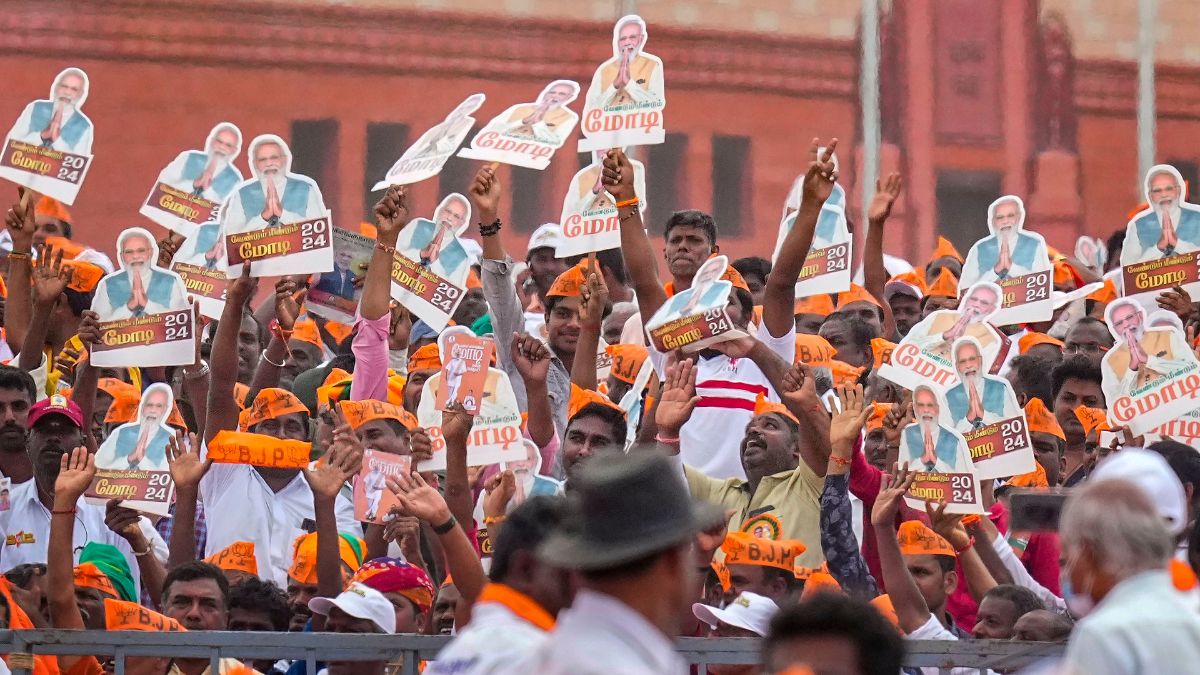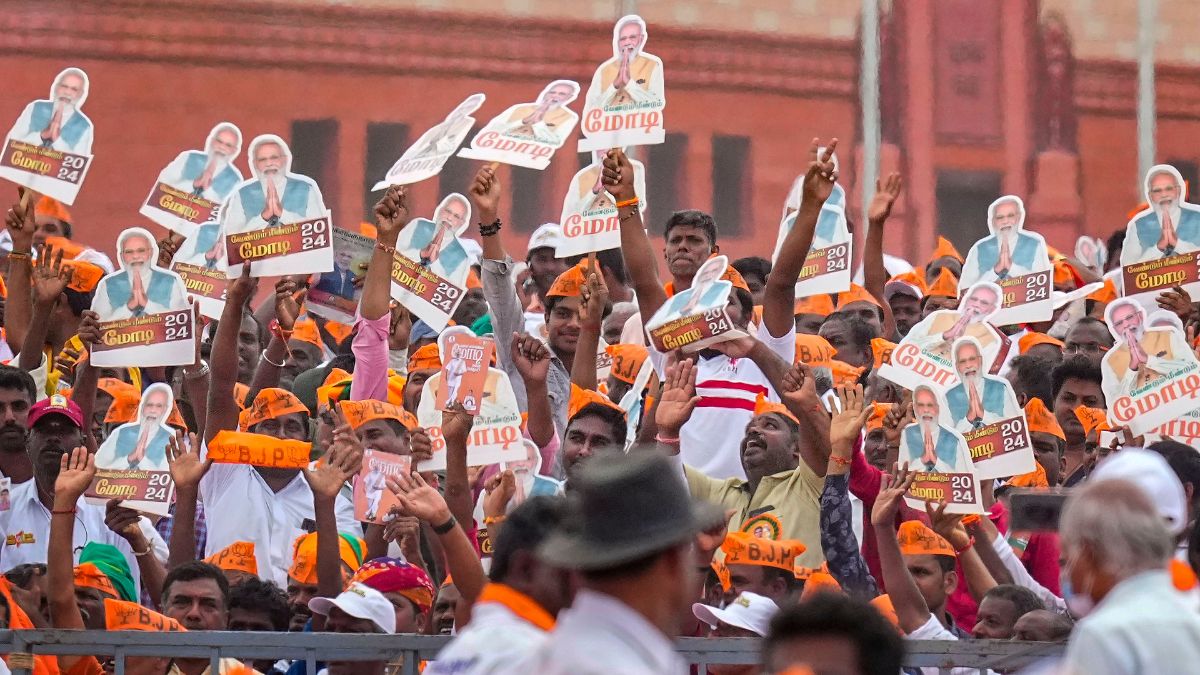Economic philosopher Amartya Sen, writing recently in the New York Review of Books, tempered the excitement in India and abroad centred around speculation that India’s economic growth rate may soon catch up with - and perhaps even surpass - China’s.
“It is surely silly,” Sen noted with a sniffy, professorial air, “to be obsessed about India’s overtaking China” on the GDP growth rate measure, while overlooking the manifest differences between them on other parameters - such as education, basic health, or life expectancy. On all these metrics, China fares demonstrably better than India.
Sen’s point was that economic growth wasn’t an end in itself, but an “important means for achieving things we value.” Others, like MIT scholar Yasheng Huang, argue that in fact, the foundation for China’s economic success was laid in the 1970s and 1980s, with emphasis on education and public health, especially in the rural areas.
Yet, the feverish excitement in India about the possibility of surpassing China’s GDP growth rate is easily explained.
China’s breathtaking record of economic growth since it opened up in 1978 was for long the envy of its civilizational twin and trans-Himalayan neighbour India. More used to plodding along at a cud-chewing ‘ Hindu rate of growth ’ as a result of decades of unthinking worship of false socialist gods (who in the end failed it), India very nearly went into default in 1990.
That crisis, which left India pawning its family jewels , effectively changed its economic destiny, and its record of growth since then, although not quite as spectacular as China’s, has captured the imagination of the investing world. To the point where animal menagerie metaphors revolving around the Ch-India theme - ‘Crouching Tiger, Hidden Dragon’, ‘The Panda and the Peacock’, abound in media narratives.
But if the past definitively belonged to China, the future may yet belong to India. In an interview to Firstpost (video below), economist Jim Walker explained why, from the perspective of an investor, India scored over China, over both a five-year and a 25-year horizon.
Several factors may account for this sea-change in perceptions on the economic fortunes of both India and China. Consultant Rob Salkowitz, author of Young World Rising, argues that India’s youth demographics have the potential to beat out China’s. “Demographically, India and China are starting from a comparable place, but moving in opposite directions,” he writes. China’s “mad dash toward prosperity” is driven by a fast-closing demographic window: they are desperately trying to get rich before they get old. India’s workforce, on the other hand, is projected to remain consistently young through the middle of the century.
And although not everyone is convinced that India’s “demographic dividend” will exceed China’s, the question of whether India may yet overtake China is gaining frequent recurrence.
In the short term, though, India has to surmount a few challenges: it has to get its public finances in order, and it could see its growth slow down to below 7% in 2012, as economist Walker outlines in this video.
But over the medium to long term, the future is decidedly India’s to lose.


)




)
)
)
)
)
)
)
)